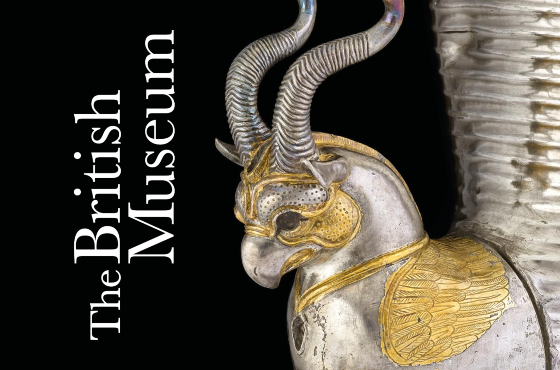Gold 'Cheap' at $2050
Yep, and here's why...
The WORLD has changed radically in recent years, writes Jim Rickards
in The Daily
Reckoning.
We've had the worst pandemic since 1918, and the third worst in world history. We've had a
global supply chain breakdown.
Inflation has been the worst since the early 1980s, despite the fact that it's come down since peaking
last June.
Aside from the war in Gaza, Europe is experiencing its worst war since the end of World War
II.
The kinetic war in Ukraine has been accompanied by a financial and economic war between the US, the UK,
the EU and Russia that
involves extreme financial sanctions, including seizing the central bank reserves of the world's
11th-largest economy.
That financial war and accompanying sanctions disrupted supply chains on top of the
disruptions that were already
present. They still persist.
And the world's second-largest economy, China,
locked down 50 million people in
Shanghai and Beijing for months in a hopeless and misguided effort to suppress Covid. (China has finally
seemed to learn that the
virus goes where it wants.)
Meanwhile, tensions in the Taiwan Strait are high,
with a lot of talk about a
potential Chinese invasion or blockade of Taiwan. Now attacks on shipping in the Red Sea are driving up
insurance rates and diverting
oil tankers away from their normal routes, adding weeks to their transit times. That has serious
implications for the global economy
as oil prices potentially surge. The list goes on.
If gold is the ultimate safe
haven for investors and the
world has been dangerously unsafe, then the price of gold must have been skyrocketing,
right?
That's not the
case. Today gold is about $2052 per ounce. Gold has experienced a surge lately, but that's still lower
than the $2069 all-time high of
Aug. 6, 2020.
The bottom line is gold is lower today than it was three years
ago. There have been some spills
and thrills along the way including two peaks over $2000 and several smashes down into the $1680 range,
but always followed by a
reversion to a persistent central tendency that hasn't moved much at all.
So
we're back to the original
question. With inflation, shortages and war all around, why is gold not surging past $3000 per ounce and
making its way to $4000,
$5000 and beyond?
Supply/demand conditions favor higher gold prices. Global
production of gold has remained
fairly constant for the past seven years. Over the same seven-year period, during a period when global
output was flat, central banks
increased their official holdings by over 6%.
China has added over 1,400 metric
tonnes in the past 13 years
(that's the official number; unofficially they probably own far more). Russia has acquired over 1,500
metric tonnes over that same
period.
Other large buyers have included Poland, Turkey, Iran, Kazakhstan,
Japan, Vietnam and Mexico. Central
banks in the Visegrad Group (Czech Republic, Hungary, Poland and Slovakia) have also bought
gold.
What's
curious is that individual investors in the US still seem indifferent to gold as a monetary asset. In
theory, central banks are the
most knowledgeable about the real condition of the global monetary system. If central banks are buying
all the gold they can with hard
currency (Dollars or Euros), it's not clear what retail investors are waiting for.
Of course, central bank
holdings are only about 17.5% of total aboveground gold and there is far more demand from bullion
investors and for jewelry (a form of
wearable wealth). Still, central banks are arguably the most knowledgeable market participants, and
their steady increases in gold
holdings is meaningful.
Interest rates also play a supporting role. Many of the
directional moves in gold
prices over the past three years have been tied to interest rate moves. The correlation is not perfect,
but it is strong.
The rally in gold prices in late 2020 was tied to a fall in interest rates
(yield-to-maturity) on the 10-year US Treasury
note from 1.930% on Dec. 19, 2019, to 0.508% on July 31, 2020.
Similarly, the
fall in gold prices after
February 2021 was tied to an increase in interest rates on the 10-year Treasury note from 1.039% on Jan.
2, 2021, to 3.130% on May 2,
2022. Rates are 3.92% as of today.
But I believe that interest rates on the
10-year Treasury note will fall
again and will continue to fall as global growth weakens. We're already seeing that. Over the past two
months, yields have fallen from
4.92% to 3.92%. In bondland, that's a major move.
That's good news for gold
investors. Short-term rates had
been going up because of Fed policy, but now the Fed has signaled markets that it's done raising rates.
That's a tailwind for
gold.
While market supply/demand conditions are favorable for gold, and the
overall interest rate environment
is also favorable for gold, neither has seemed to have the power needed to push gold sustainably past
$2000.
What's the problem?
The real headwind for gold and the main reason gold has
struggled to gain traction for
the past three years has been the strong Dollar.
After all, the Dollar price of
gold is really just the
inverse of the strength of the Dollar. A weaker Dollar means a higher Dollar price for gold. A stronger
Dollar means a lower Dollar
price for gold.
It may seem paradoxical to imagine a strong Dollar in the midst
of all the inflation we've
been seeing. But that's the case.
What's extraordinary over the past three
years isn't that gold hasn't
soared; it's that gold has held its own in the face of a persistently strong Dollar. So that leads to
the next question:
What's been behind the strong Dollar and what could cause the Dollar to suddenly weaken and
send gold prices into the
stratosphere?
The strong Dollar has been driven by a demand for
Dollar-denominated collateral, mostly US
Treasury bills, needed as collateral to support leverage on bank balance sheets and in hedge fund
derivatives positions.
That high-quality collateral has been in short supply. As banks scramble for scarce
collateral, they need Dollars to pay
for the Treasury bills. That fuels Dollar demand.
The scramble for collateral
also speaks to fears of a
sequel to the banking crisis in the wake of this year's earlier failures. We're not there yet, but we
could be getting close. The
crisis is by no means over.
As weak growth likely turns into a global
recession, a new financial panic will
be on the horizon. At that point, the Dollar itself may cease to be a safe haven, especially given the
aggressive use of sanctions by
the US and the desire of major economies including the BRICS nations to avoid the US Dollar system if
possible.
When this panic hits and the Dollar is deemed no longer reliable, the world will turn to
gold. That's not an immediate
likelihood. This is a process that'll unfold over years. But the trend is going in that
direction.
Investors
should consider today's gold prices a gift to acquire gold at bargain prices before markets, and the
mainstream media, wake
up.
Even at $2052, gold is so cheap right now, it's practically a steal.







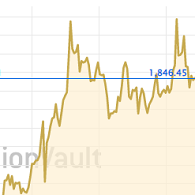
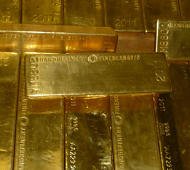
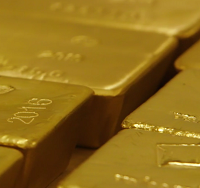
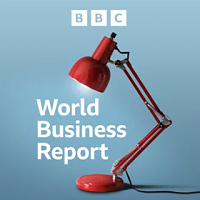

 Email
us
Email
us